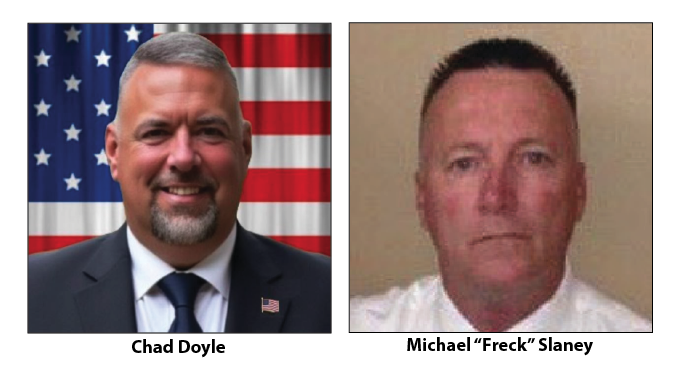COVID closures continue to impact childcare providers
Published 7:03 pm Sunday, January 23, 2022

- (Metro Creative Services)
Louisiana Policy Institute for Children recently announced survey results from early childhood education providers painting a moderately improved outlook for services that were greatly impacted by the COVID-19 pandemic.
Survey data taken from September – October 2021 indicated that while some gains point to a light at the end of a long tunnel, the sector is still in need of additional long-term support.
A year and a half into the pandemic, COVID-19 related closures continue to impact childcare providers.
Trending
One-third of providers reported having to close entire classrooms or the entire center in 2021. On average, providers had to close classrooms at least three times in 2021 or the entire center nearly two times.
“We will continue to face closures since we’re now facing the Omicron variant,” Tessa Holloway, of Kidz Karousel Early Learning Center, said. “As I speak to you this morning, I closed two classrooms today; so the help is going to be needed.”
Elizabeth Andry, of Southside Child Development Center, said the kind of help that providers will need moving forward has changed from the beginning of the pandemic as evidenced by the recent survey data. According to the data, providers still face operational challenges but challenges have shifted to include 64 percent of providers experiencing employee absences, 55 percent trying to hire additional staff and 51 percent facing increased staffing costs.
The challenge of finding cleaning supplies has alleviated somewhat with only 46 percent of providers reporting difficulty in obtaining supplies.
“Things have not yet gone back to normal,” Andry said.
The financial strain does appear to be easing for early childhood care providers, Antoinette Heard, of Children’s Coalition of Northeast Louisiana, said. Financial losses dropped from 76 percent in January 2021 to 58 percent in the fall.
Trending
Additionally, fewer providers reported having families fall behind on tuition with 60 percent reporting late payments in January 2021 to 43 percent in the fall.
LPIC’s data suggests that rebounding enrollment rates and relief grants likely contributed to the improved financial positions, Karen Powell, Louisiana Department of Education deputy assistant superintendent, said. “Over 90 percent of providers received COVID-19 related grants from the Louisiana Department of Education.”
Many used the grant funds to offer employee pay incentives.”
Grant funds were also used for typical operating costs such as utilities and cleaning supplies. Nearly half of the funds were used to off-set family co-pays or balances of families receiving child care assistance.
“This shows how crucial state and federal funding is,” Powell added.
Jonathan Pearce, of Sugar n Spice Preschools, said the data also points to the reality that the increased compensation workers have become accustomed to may not be permanent. Over half of providers reported paying a higher average teacher wage in the fall of 2021 than the beginning of of the pandemic in 2020.
Bonuses and paid time off for full-time and part-time employees also increased from 2020 to 2021. “In order to develop and maintain this, additional funding is required,” he said.
Libbie Sonnier, LPIC executive director, recommended the following action steps to ensure a healthy, sustainable early childhood sector for Louisiana: continue to use federal stimulus and COVID-19 relief funds to stabilize the sector, support quality providers with increasing enrollment capacity and increase state investments in early care and education.





